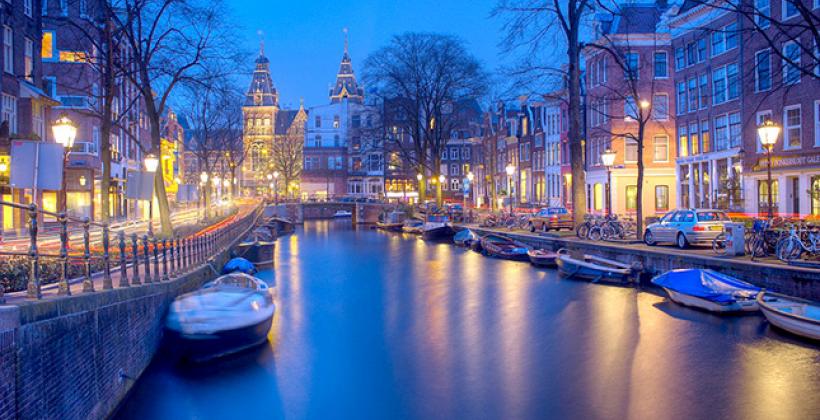
Location
Description
The city of Amsterdam has over 850,000 residents from 180 different countries, who own more than 600,000 bicycles. The wider Amsterdam Metropolitan Area has close to 2.5 million inhabitants. The city has a strong commitment to encourage green research, development and investment in sustainable initiatives. As a result, the area is enjoying a rapid uptake of electric transportation and a growing number of companies are developing sustainable products that influence global business. Amsterdam is exceptionally well connected, both physically and digitally.
The city has acted in line with the EU’s 20-20-20 climate targets and has the ambitious goal to reduce CO2 with 40 % compared to 1990 by the year 2025. The City-zen project was one of the major projects in which the city worked with its partners to scale up innovative energy solutions and open networks.
The demonstration objectives of City-zen in Amsterdam were focused on retrofitting existing housing, making the e-grid smarter, and improving and expanding the heat grid.
Lessons Learned:
In 5 years of City-zen, the 20 projects yielded many lessons learned.
Top 3 lessons learned overall:
1. Connect
Although it is far from easy, it is also highly advisable to organize peer meetings and exchange ideas between teams from different cities as the meetings will lead to deeper levels of understanding
2. Plan time
Even when fully involved in the implementation of solutions it is important to devote time for experience sharing and dissemination
3. Empower citizens
Involve citizens/inhabitants and truly put them at the heart of the solutions' implementation
More overall learnings can be found in this document: http://www.cityzen-smartcity.eu/wp-content/uploads/2019/11/interactive_final-deliverable-book.pdf
Learnings per project (for example, smart grid projects, retrofitting projects, etc) can be found in the project reports on this page: http://www.cityzen-smartcity.eu/home/reporting/deliverables/
Demo Site Expected Impact
*Information regarding the technical and financial performance will be available at a later stage.
The total CO2 emission savings amount to 7 500 tonnes per year.
Technologies
Buildings and energy
The technologies used in the various projects that were developed during the 5 years of City-zen are plentiful. Examples are:
- the development of a methodology, resulting in a Roadmap
- various smart grid technologies such as Virtual Power Plants, Vehicle-to-Grid applications, End-to-End smartification
- innovative heating and cooling technologies such as using drinking water for pharmaceutical cooling and using river water for sustainable comfort cooling
- transforming building stock to Nearly Zero Energy Buildings, using insulation, PV and PV-T panels, smart meters and energy storage in tertiary buildings among others
You can read the technical details in the project reports on this page: http://www.cityzen-smartcity.eu/home/reporting/deliverables/
Building aspects
- Building Energy Services
- heating (only)
- Building Energy Services
- heating and DHW
- Building Energy Services
- lighting and appliances
- Building Energy Services
- other please specify
- Installed Renewable Energy Sources
- photovoltaic
- Installed Renewable Energy Sources
- solar thermal collectors
- Technology used to supply the buildings
- boiler
- Technology used to supply the buildings
- condensing boiler
- Technology used to supply the buildings
- electrical equipment
- Technology used to supply the buildings
- heat pump: compression
- Technology used to supply the buildings
- other please specify
- Technology used to supply the buildings
- stove
Energy Carriers
- Cold/district cold
- Domestic gas - grid-bound
- Electricity
- Light oil
- Other
- Wood pellets
- ‘Green’ electricity
Energy Systems Types
- Infrastructure & System Integration
- DHC extension
- Storage
- Electrical Storage
Mobility Type of Intervention
- Infrastructure
Thematic Field
- Energy System(s) Integration
- Mobility and Transport
- Refurbished Building(s)
